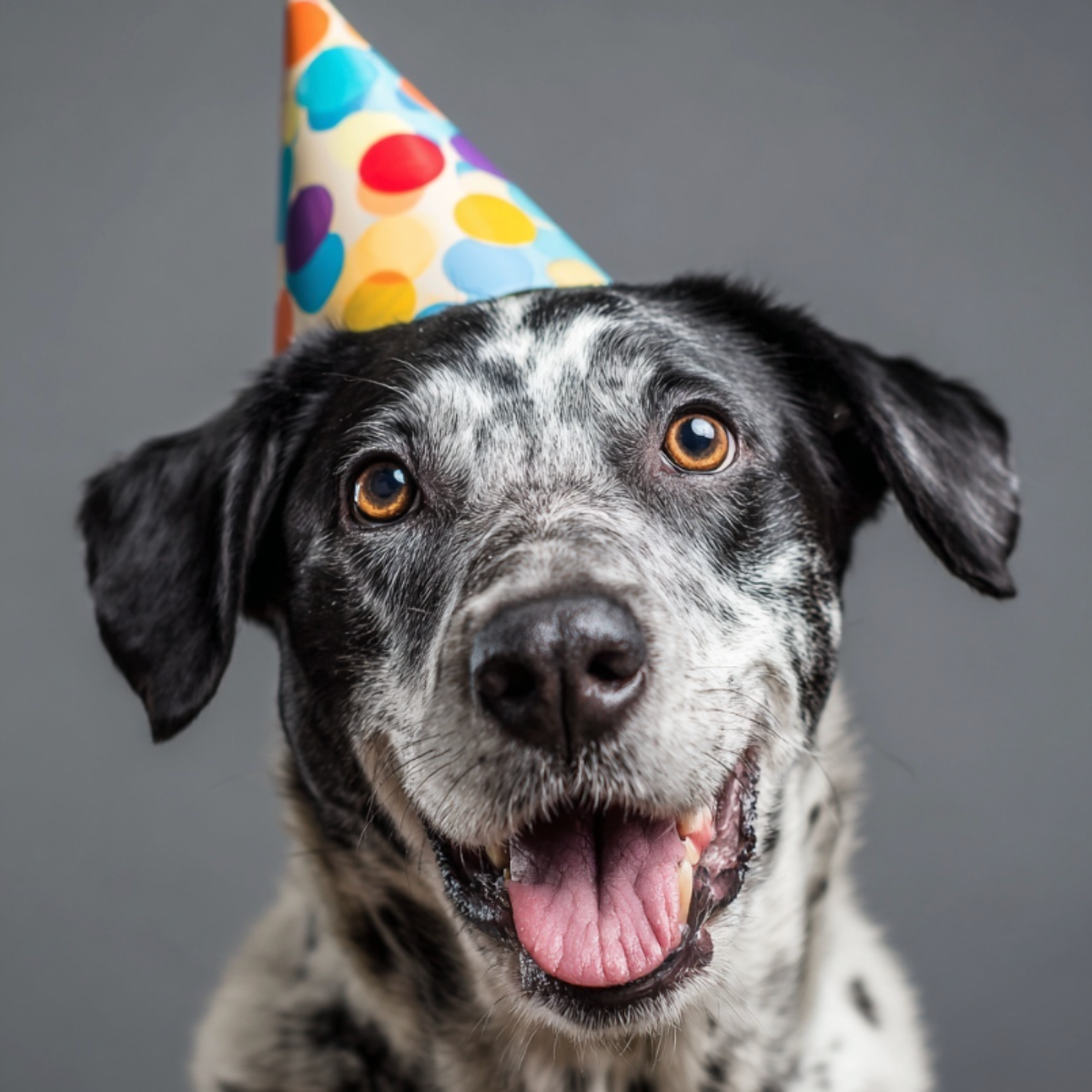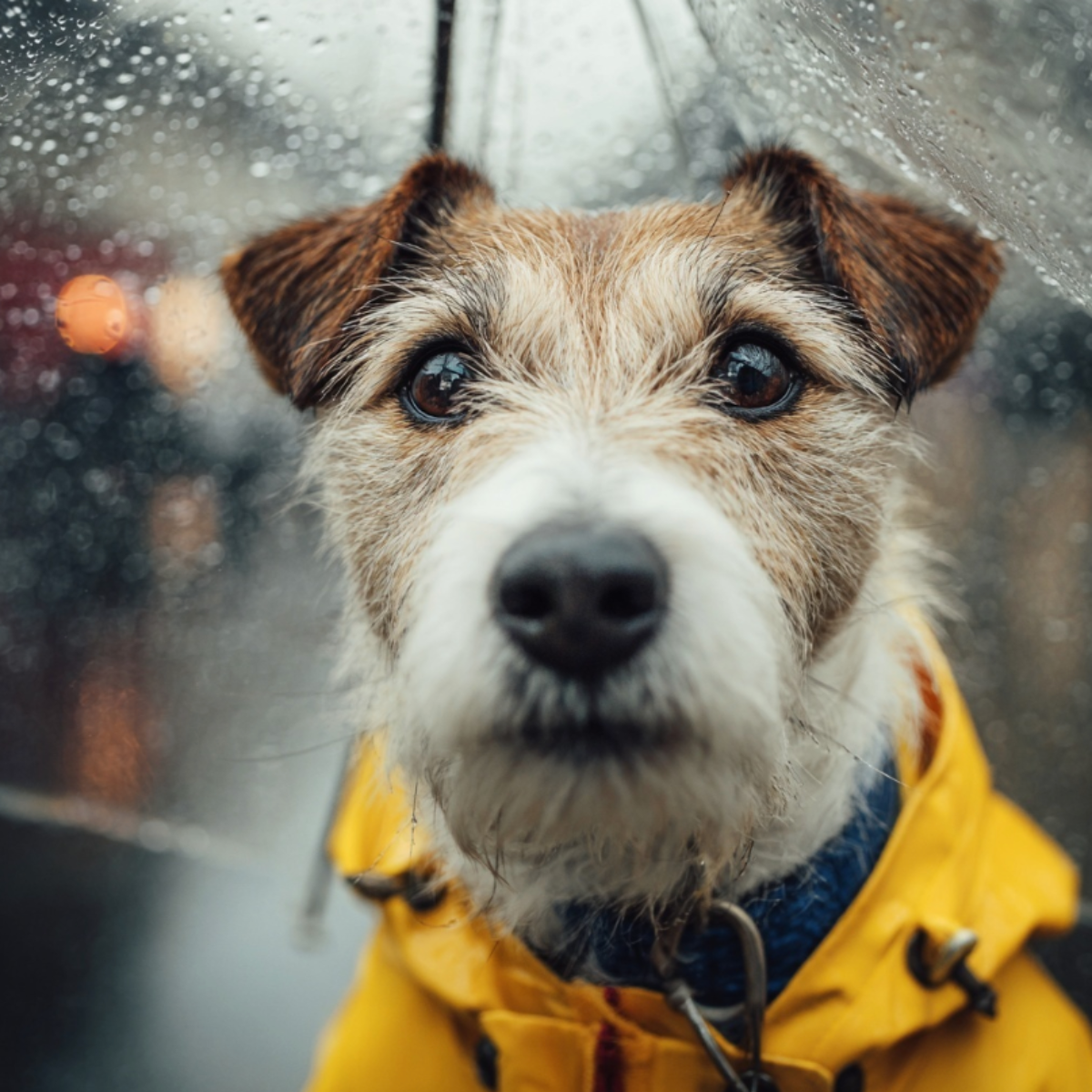Introduction
Every year on August 26, millions of people worldwide put aside their daily routines to celebrate one of the greatest companionships ever formed throughout the history of human beings: that of humans and dogs.
Dubbed National Dog Day, it is a day more than a sentimental day to post adorable pictures of our pet friends on the web. It is a bottom-up movement founded on awareness, compassion, and gratitude. It honors dogs not only as companions, but as heroes, servants, and therapists.
It shines the light on the dogs who live in our homes, play with us, protect us, and even save us from danger. And also, it makes us remember the millions of homeless, abused, and abandoned dogs worldwide waiting for someone to give them the love and protection they deserve.
The history of National Dog Day, its transformation into a global phenomenon, and the way we celebrate it today reveals a great deal about the changing role of the dog in our lives. As we explore the significance of August 26, we discover not only the history of a holiday but the larger truth about the timeless connection between humans and their dogs.
The Origins of National Dog Day
National Dog Day was established in 2004 by Colleen Paige, a pet lifestyle expert, animal welfare activist, writer, and creator of many other animal awareness days. Paige created National Dog Day with a purpose clear: to celebrate all dog breeds, pure or mixed, and bring attention to the imperative for instant adoption from shelters and rescues.
The August 26 date was meaningful on a personal level. It was the day that Paige's family adopted their very first dog, Sheltie, years and years ago. The first adoption, one that so radically changed her life, provided the symbolic underpinning for the holiday. What was initially a grassroots movement quickly spread throughout the United States with assistance from shelters, animal welfare groups, and dog lovers. National Dog Day grew over time to be a worldwide phenomenon embraced on social media, in mainstream media, and even in government statements. In New York State, it has even been embraced within official legislation, pointing to its power as something much greater than a cultural phenomenon.
The purpose of the day extends far from parties. It is meant to rally the public to understand how many dogs require homes each year and take action by adopting, fostering, or sponsoring rescues. Paige envisioned a world where the day would evoke more than love but responsibility—where love for dogs translated into action in terms of how society treats them.
The Ancient Relationship Between Canines and Humans
It is helpful to go back to the early history of the human-canine relationship to understand why National Dog Day hurts so close to home.
Researchers estimate that humans started domesticating dogs as early as 25,000 years ago and are therefore the first animals that humans ever domesticated. Early humans and wolves were in a symbiotic relationship. Wolves provided hunting assistance, protection, and friendship, while humans provided food and housing.
Over centuries, selective breeding and natural adaptation bred wolves into the faithful companions we are familiar with as dogs.
Dogs occupied unique roles in ancient civilizations. In Ancient Egypt, dogs were regarded as holy creatures and were often associated with the god Anubis.
Salukis, a slender and beautiful breed, were kept as palace pets as far back as 329 BC, and evidence suggests they came even thousands of years prior to this, as Saluki-type carvings have been discovered in Mesopotamia that go all the way back to 7,000 BC.
Hounds in Greece and Rome were valued for their hunting quality and loyalty. Small lap dogs were considered as companions of nobility in China, and people in the Americas bred dogs as guardians and friends.

Taming dogs wasn't so much about survival; it was about friendship. What archaeological records reveal is that humans buried dogs with respect, often bedecked with ornaments, suggesting a deep emotional bond that goes beyond purpose.
From early hunter-gatherer societies to modern homes, dogs have been around as guardians, helpers, and beloved family members. National Dog Day is, in a way, the contemporary equivalent of this historical bond.
Evolution of National Dog Day into an International Movement
Since its launch in 2004, National Dog Day has grown both in scope and impact. Originally first celebrated in the United States, it quickly gained a global following because of media exposure and the power of social media outlets. Annually on August 26th, social media hashtags like #NationalDogDay and #InternationalDogDay are among the top trends on the globe as millions share photos, videos, and stories about their beloved canines.
The day also had celebrity endorsement, public personalities, and even political endorsement. George W. Bush, the then U.S. President, notoriously featured his Scottish Terrier, Barney, who became somewhat famous on the web through short videos and an individual website. Such celebrities' endorsements have helped in making the day raise its profile to a height that makes it both a grass-roots movement as well as a general-public holiday.
In addition, shelters and animal welfare organizations have embraced the day as an opportunity to promote adoptions, run fundraising campaigns, and hold community events. They all say they see huge increases in adoption interest and volunteer enrollment in the days leading up to and including the holiday. This helps demonstrate that National Dog Day is not so much symbolic as utilitarian, creating tangible effects for dogs in need.
Why Dogs Matter
The continuous popularity of National Dog Day can also be explained by the unique position that dogs occupy in human life. To many, dogs are not simply pets but belong to the family. Their love, friendship, and loyalty provide comfort that has been proven by science to reduce blood pressure, stress, and loneliness. To children, dogs are playmates and protectors. To adults, they are workout buddies, best friends, and sources of happiness. To older adults, they provide comfort and meaning.
In addition to companionship, dogs help society in many, many ways. Guide dogs lead the blind, enabling them to move about the world with dignity and independence. Hearing dogs inform their owners of sounds that they cannot hear. Therapy dogs visit hospitals, nursing facilities, and disaster zones, providing peace and healing to the suffering. Police and military dogs risk their lives locating drugs, bombs, and criminals, and search-and-rescue dogs save lives by locating buried victims under earthquake debris or other wreckage.
National Dog Day acknowledges these special efforts. It reminds us that dogs give so much more than they take and that it is our duty to repay them not just with love but with proper care, respect, and appreciation.

Heroic Tales of Dogs
One of the most pitiful aspects of National Dog Day is the opportunity to recount the many tales of canine heroism that demonstrate the outstanding cognition, courage, and devotion of dogs. These historical and modern-day tales inspire us to see dogs not just as companions but as life companions.
Consider Killian, a Labrador Retriever, who lived with the Hope family. For months, the Hopes noticed their normally gentle dog was acting aggressively the moment the babysitter arrived to care for their infant son. Believing in their dog's instincts, they installed a hidden recording device in the home and soon discovered the gruesome reality: the babysitter was physically and verbally abusing their child. Thanks to Killian's cues, the abuse was brought to light and the babysitter brought to justice.
Another inspiring tale is that of Toby, a two-year-old Golden Retriever whose owner, Debbie Parkhurst, began choking on a piece of apple. She was unable to breathe as she did her best to dislodge it. Spotting the ordeal, Toby landed on her chest and stomach with all his might until he dislodged the blockage, rescuing her life. Such tales prove that dogs are more than animals but life-rescuing protectors.
Throughout history, countless other dogs have displayed similar heroism. Military dogs have detected landmines and carried messages across battlefields. Rescue dogs have pulled survivors from collapsed buildings after natural disasters. Therapy dogs have calmed children in courtrooms or comforted soldiers returning from war. Each act of courage and compassion reinforces the truth that dogs are not only animals in our care but partners who enrich and safeguard our lives.
Interesting Facts on Dogs
National Dog Day is also a day to marvel at the great traits and accomplishments that make dogs so unique. The African Hunting Dog, or Lycaon, is the planet's finest hunter with an 50 to 70 percent success rate. The Saluki, the oldest dog breed in the world, was present in Ancient Egypt and was potentially present as early as 7,000 BC.
Physiologically, dogs are wonderfully adapted. Few realize that dogs have three eyelids, a nictitating membrane, or haw, which serves to moisten and protect the eye. Some breeds also have specific features, such as the black tongue of Shar-Peis and Chow Chows. Approximately 30 percent of Dalmatians are deaf in one ear, and some are deaf in both, a breed-specific trait. Greyhounds, although less dynamitic, can race thirty-five miles an hour consistently for as long as seven miles, making them unparalleled endurance sprinters.
These statistics, and thousands like them, remind us of the diversity and enchantment of dogs. They are not one but many breeds, each with its own heritage, temperament, and appeal.
Dogs in Culture and Media
Not only have canines influenced our personal lives, but also the cultural imagination. From mythology to modern cinema, they appear as metonyms for friendship, loyalty, and courage. Snoopy, who was introduced in the Peanuts comic strip in 1950, quickly became one of the best-known cartoon canines in animation history. Lassie, the derring-do Rough Collie, was solidified in books, movies, and television as the archetypal hero dog. Disney's 101 Dalmatians cemented the spot-ted breed character in pop culture, then more recent films like Isle of Dogs and Megan Leavey reinforce the fantasy and nobility of canines as characters.

These pop cultural depictions confirm what National Dog Day celebrates: dogs being woven into the human story in a manner that goes beyond pets to loving characters who bring forth art, entertainment, and even philosophy.
How the World Celebrates National Dog Day
On 26th August, dog owners across the world celebrate in a variety of ways. Families can plan special outings for their pets, such as longer walks in new parks, beach trips, or nature walks. Some prepare special homemade treats, buy new toys, or simply give them more time to play and cuddle.
Shelters and agencies organize adoption drives, community festivals, and fund campaigns, and social media pages are loaded with images and clips tagged #NationalDogDay. Parades and festivals are organized by many cities such as competitions, agility demonstrations, and educational programs.
For those unable to adopt a dog, National Dog Day offers many other means of giving, from volunteering at shelters to sponsoring a rescue dog. Some contribute money, food, or supplies to local animal organizations. Others spend the day raising awareness, blogging, creating videos, or sharing statistics regarding the care of dogs.
National Dog Day is also a celebrity's go-to day to showcase their dogs and advocate for adoption. The exposure has helped spur global participation, so August 26 has become a day when the world at large is celebrating canines.
Challenges and the Call to Action
Although National Dog Day is a holiday of celebration, it also brings to light the problems that dogs have. Every year, millions of dogs are abandoned by overbreeding, puppy mills, or owners who will not or cannot give them care. Many others live in shelters in deplorable conditions waiting for homes forever that never come. Some live through abuse, neglect, or exploitation through operations from the underground world of fighting to the unethical breeding world.
The message of National Dog Day is that we cannot take dogs lightly. They give us love and service without any conditions, and we must in return provide them with protection, kindness, and respect. By adopting and not shopping, by contributing to shelters, and by making loud voices against cruelty, every one of us can make changes in the lives of dogs for the good.
Conclusion
National Dog Day on August 26 is not just a day on the calendar. It is a holiday honoring one of the longest, most enduring relationships on earth: the human-animal bond between humans and dogs. From primitive domestication to recent acts of heroism, from mythical symbol to animal of therapy, dogs have shaped our lives in immeasurable ways.
This day encourages us to honor not only the happiness that they bring but also the responsibility that lies with us. It is a reminder to act—to adopt, to volunteer, to donate, to share their stories and to advocate for the millions of dogs still waiting for a home of forever.
As National Dog Day founder Colleen Paige has stated:
"No matter how little money and how few possessions you own, having a dog makes you rich."
On August 26, let us each take time to reflect on just how rich our lives are because of these wonderful creatures. And let's all come together to ensure every dog, anywhere, is treated to the love, care, and respect they so truly deserve.













